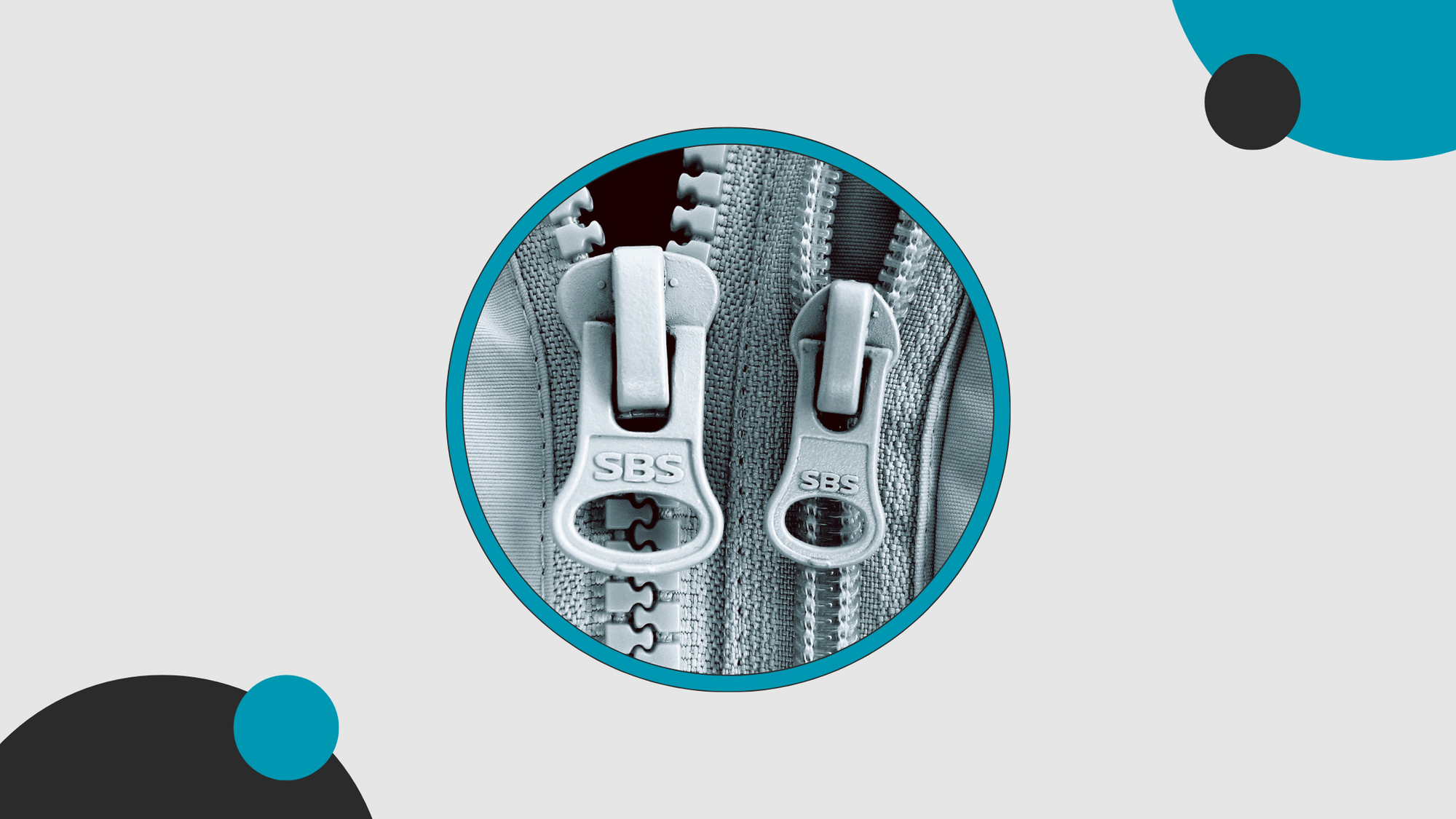What is sustainability? In biological ecosystems, it tends to mean the ability or capacity of that ecosystem to persist. It might ask, “How long has this ecosystem been around – and what’s its range of adaptability?” You can look at large-scale phenomena such as forests as one example. They’ve been around the block, and back, for a long time. In addition, it relates to nation and society building that is sustainable, which is known as sustainable development. This idea might ask, “How can we have a zero waste and renewable energy society?”
Finally, it can relate to the science of sustainability with respect to nation or society building, and the environment. It might ask, “How can we create a society sustainably integrated into the local environment?” Some of the main concerns for sustainability are green technologies, renewable energy, green building, sustainable agriculture and architecture, and the impacts of climate change on human societies and environment.
In particular, it relates to environmental degradation from overconsumption, and global warming or climate change. All of these ideas, and associated issues, are important, but I consider the most important one related to the changing climate and environmental degradation because these relate to human activity. That is, climate change global warming from human industrial activity and environmental degradation from human waste.
Sustainability might be considered a continuous movement or effort to meet the present needs of everyone. And while meeting everyone’s needs – children and the old, it’s not compromising or burdening the future generations by destruction of the environment or the climate. Some have delineated this as the intersection of economy, environment, and society.
Ethical and sustainable fashion companies like Kai Lite Apparel works within this domain. It works towards helping others contribute to a sustainable net capacity of the current generation with respect to the environment and not burdening future generations.
In a way, sustainable and ethical fashion relates to production lines, supply chains, and climate change or global warming. It emphasizes natural fibres for clothing, fabrics, and textiles that can be biodegraded. Also, it emphasizes individual consumers’ choices with respect to the environment. Ethical in this context means for the producer, the consumer, and the common ‘externalities’ such as the environment.
Within a larger framework, some might characterize this as a sustainability revolution. And a sustainability revolution that deals with community, commerce, ecology and its design, the biosphere, and the way these interconnect for a sustainable fashion industry.
If you look at large-scale sustainable fashion industries, you can see the international effects in terms of sales, harvesting natural fibres, production lines and supply chains with ‘living’ wages, workers’ rights, biodegradable clothing, slow fashion, upcycling, zero or negative waste, and a suite of policies and activities towards a sustainable future.
By Scott Douglas Jacobsen



